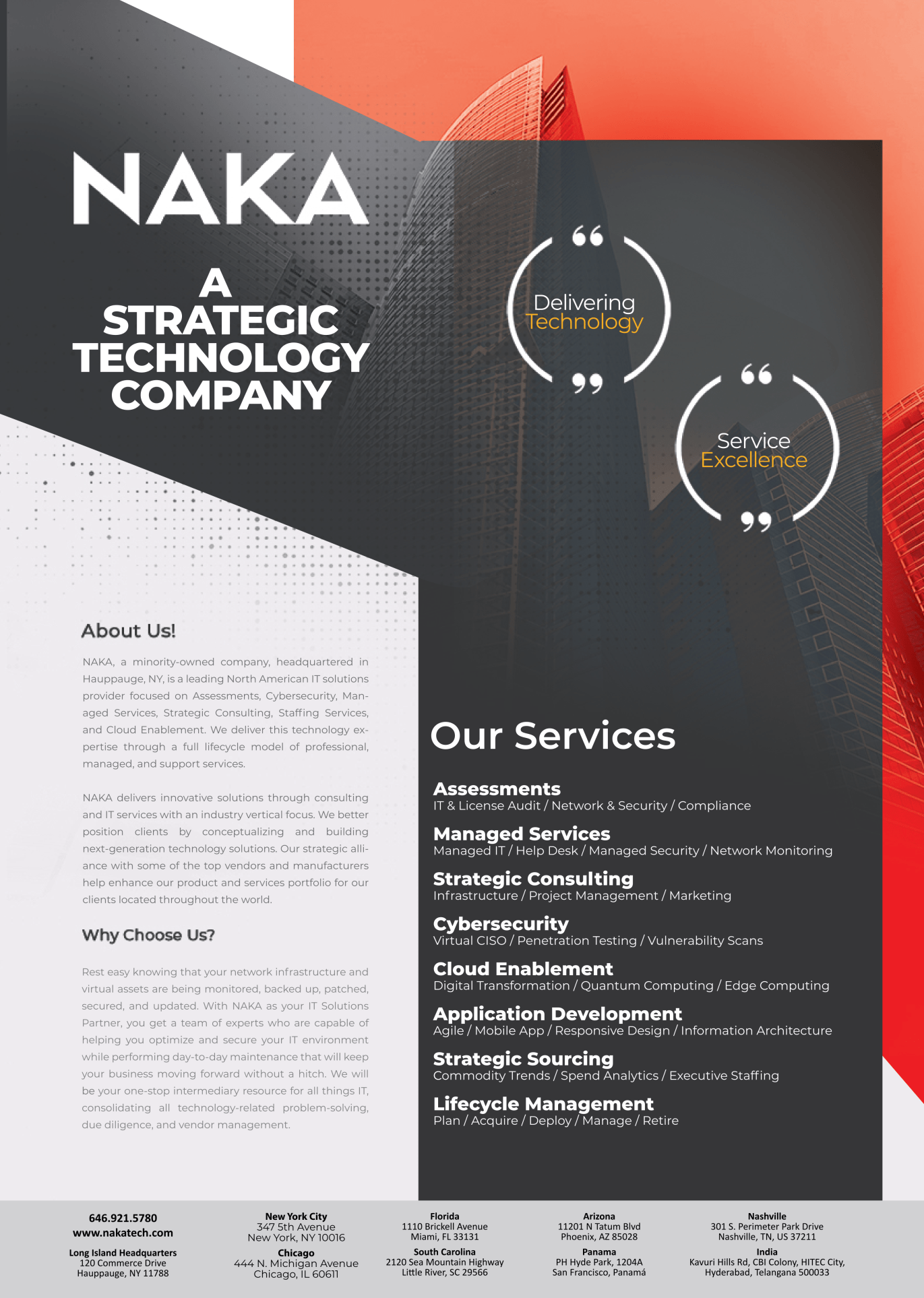Top 10 Cloud Security Threats

Top 10 Cloud Security Threats
Almost every organization has adopted cloud computing to enhance its business capabilities.
With the adoption of the cloud comes the need to ensure that the organization’s cloud security strategy is capable of protecting itself against the top threats to cloud security.
In this article, we will look at the ten major cloud security threats and learn how to minimize risks and avoid them.
1. Data Breaches
Data breaches are a common security issue that has worried business leaders about reputational and financial damage within the organization. The cloud security risk of a data breach is a cause-and-effect thing. This happens due to the negligence of the cloud security flaws, and the hackers access and extract your valuable information without authorization. When you’re storing data on the cloud, it should be truly safe. A cloud security system with a multi-layered approach, web application firewalls, discovery, and assessment tools, must be employed to minimize hackers’ attacks.
2. Lack of Cloud Security Architecture
Many organizations are migrating portions of their IT infrastructure over the cloud. Unfortunately, many organizations still believe migrating to the cloud is an endeavor of simply porting their existing IT stack and security controls to a cloud environment. This led to the exposure to valuable data by the unwanted threats and served loss to the organization. A lack of understanding of the shared security responsibility model is another contributing factor for data loss. Your organization’s security architecture should be aligned with business goals and implement a security architecture framework that can keep continuous monitoring of the threat and keep you up to date.
3. Insecure APIs
APIs and user interfaces are the most exposed parts of a system. These insecure interfaces and APIs are the primary attack vectors of the threats when your system is associated with users as it provides a clear path to the threats to steal your organizational or employee credentials. Therefore, consider an open API framework such as the Open Cloud Computing Interface (OCCI) or Cloud Infrastructure Management Interface (CIMI) and avoid reusing API keys to secure your APIs.
4. DDoS (Distributed Denial of Service) Attacks
Distributed denial of service (DDoS) attacks lead to the disruption of online services and make your websites or services unavailable for the users or customers. The purpose of a DDoS attack is to prevent users from accessing the applications or disrupting your workflow within the organization. The best way to protect yourself is to invest in software that can detect potential DDoS attacks through intrusion detection systems and has a firewall traffic inspection system.
5. Hijacking Of Accounts
Hijacking of accounts is a significant target of the attacker and unwanted threats. Employees with the organization use less secure password and username combinations that allow attackers to track your password and steal your organization’s credentials. This occurs in a remote working environment when your employees use shared devices or log into public WiFi to access the organization’s information. To mitigate the risk of account hijacking, your organization’s security should be a two-factor authentication system with single sign-on and multi-factor authentication.
6. Limited Cloud Visibility
Limited cloud usage visibility happens when you are unable to determine how users are accessing your cloud services. The absence of visibility leads to other security issues and attacks by the pirated eyes to your cloud storage. Ensure where your data will be stored, how your users access it, and implement cloud security to protect your cloud storage. You’ll have to implement various auditing strategies and eliminate unnecessary data to secure your cloud storage over time.
7. Malware Attacks
Malware attacks are small segments of code or script placed into cloud services by unwanted threats to make your services unavailable for the users. These attacks easily infect your cloud services and mimic the appearance of other services. Use the right software tools to defend your systems, files, and business performance against online attacks. The right malware tool helps you remove malware and spyware, block attacks, and shield your network from malicious sites.
8. Metastructure Failures
Metastructure holds security information and sensitive information such as logs or audit system data of the organization within the cloud. It discloses that information via API calls and helps you in detecting the unauthorized access of the users. If the metastructure fails, the threats can easily access your valuable information and will disrupt the cloud storage service. To protect your metastructure, ensure the cloud service provider offers visibility and exposes mitigations to control cloud-native designs.
9. Improper Identity And Access Management
Another threat that makes it to the list is improper identity and access management within the organization. Your cloud network requires changes to practices regularly to keep the identity and access of information secure, control around data systems and physical resources like- server rooms and buildings. If not done properly, it could result in security incidents and data breaching. Instead, take a programmatic, centralized approach to strict identity and access controls for cloud users, limit the use of root accounts, and remove unused credentials and access privileges for a fully secure cloud storage system.
10. Insider Threats
Threats within the organization do more damage than professional hackers and attackers. Insider threats can easily access the data as they know your security plans. They can easily steal your sensitive data and can destroy your systems. To mitigate the risk, you have to set up policies and best practices over the kind of applications your employees can use for security. You can also leverage third-party security services to protect your valuable data.



